I’m sure several people have seen ground applicators, planes and helicopters spraying fungicides on corn and soybean fields across Illinois. Usually the next few questions are typically, “I wonder why they are spraying?” “Should I be spraying?” “How much ROI could I get from this investment?”
For many years’ fungicides have been promoted in production agriculture incorrectly. They do not increase yield by five, eight or 10 plus bushels per acre. They simply preserve the maximum yield potential that is already determined prior to the application of a fungicide.
A fungicide treatment at R3-R4 can only protect a good crop. Therefore, a really late planted field with very low stands, very few nodes, heavy weed pressure, no nodules and very small canopy area would not have the same ROI potential or value as a field that looks perfect with great yield potential.
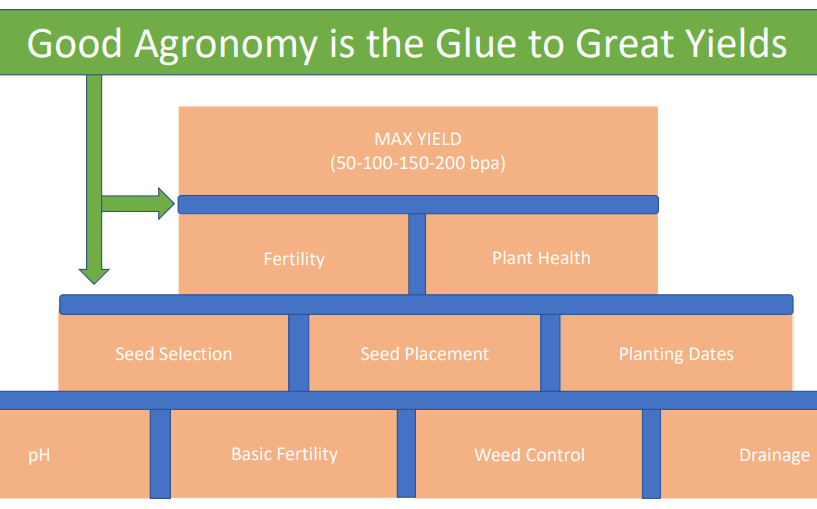 It Starts With a Plan
It Starts With a PlanThe initial decision to treat a soybean field should have been determined during the winter months when an agronomy plan was developed. The plan is built on how to make each field profitable within the budget. If a well-managed plan was developed and implemented with the option of fungicide application, and yield needs to be protected from late-season stress, then a fungicide treatment—
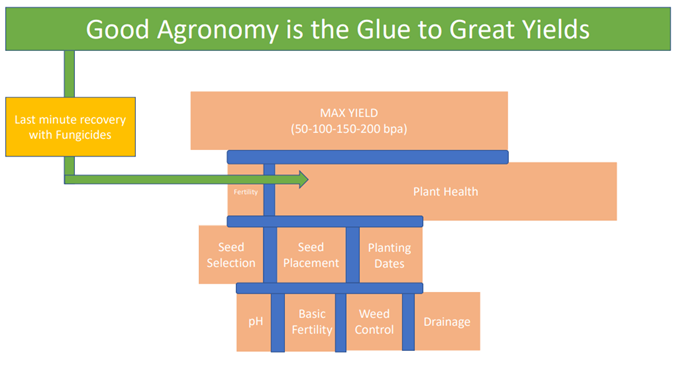
or at least on-farm fungicide trials—makes agronomic and financial sense. However, you can’t go through the season with your crop experiencing several compounding stresses and expect to come in at the end of the season with a fungicide and obtain high yields.
Its good agronomy and season-long decision making that help hold a good crop together. The diagrams to the right show that a solid foundation is built when the building blocks of an agronomic plan are held together by in-season agronomy decisions like fungicide applications. You can see in the bottom chart how a plan can become unbalanced when too much hope is put in a last-minute fungicide treatment.
Season-Long Approach
A season-long approach to disease management needs to take into consideration the following:
- Selecting high-yield genetics and understanding what types of disease rating are provided. Then place the variety and manage accordingly.
- If planting into challenging early conditions, make sure the seedlings are protected.
- Late season disease will compound earlier stresses to a plant and will cause a plant to abort pods and seeds.
The below pictures represent three common soybean leaf diseases that can be found in almost any field in any given season. Right now, it’s especially important to scout soybean fields so that you can proactively treat soybeans during R3-R4.
Right: Cercospora. Center: Frogeye. Left: Septoria
Scouting doesn’t end after treatment though. Continue evaluating fields up to R7 to see how treated fields are performing vs. non-treated. This information can help inform your agronomy plans for next year. If you planted soybean variety trials, take this time to observe the foliar disease package of new products that may be planted across your farm next year. While plans may be set for 2020, you still have time to gather information that can help improve your disease management in 2021.
 It Starts With a Plan
It Starts With a Plan or at least on-farm fungicide trials—makes agronomic and financial sense. However, you can’t go through the season with your crop experiencing several compounding stresses and expect to come in at the end of the season with a fungicide and obtain high yields.
or at least on-farm fungicide trials—makes agronomic and financial sense. However, you can’t go through the season with your crop experiencing several compounding stresses and expect to come in at the end of the season with a fungicide and obtain high yields.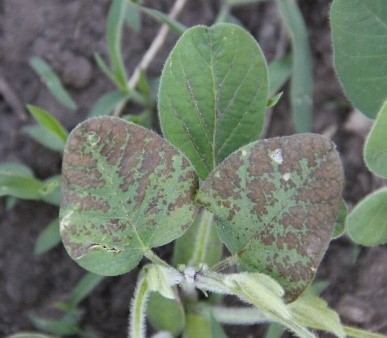
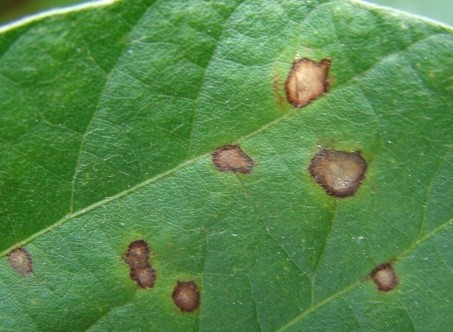
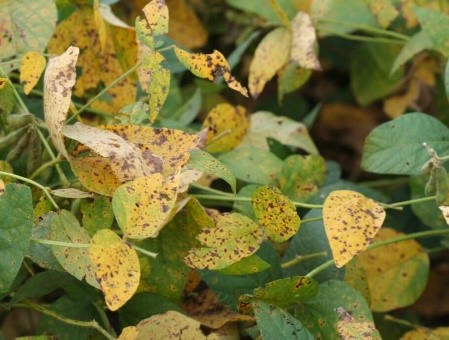




 and then
and then